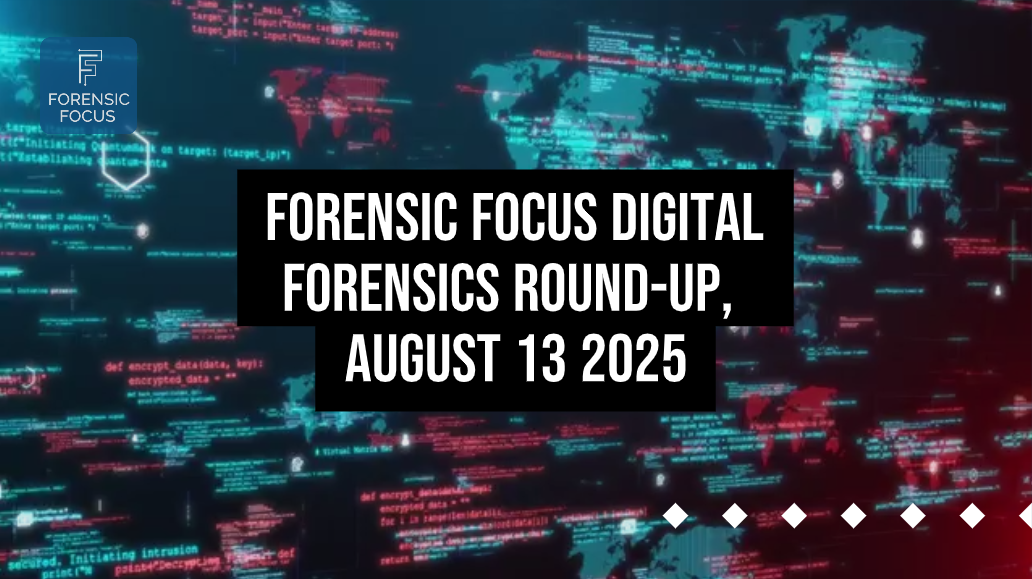
Magnet Forensics explores how AI is revolutionizing speed and accuracy in DFIR....

14th August 2025
Gain full filesystem access to the latest Samsung Galaxy devices with MD-NEXT....read more

13th August 2025
Read the latest DFIR news – evidence of Kohberger’s detailed murder preparations, an alarming rise in child sextortion cases, Brian Carrier’s new mini-course on automation and AI in forensics, and more....read more

12th August 2025
Hannah Bailey shares her journey from frontline policing to founding Blue Light Wellbeing, explaining why culturally-aware mental health support is crucial for DFIs and frontline workers....read more